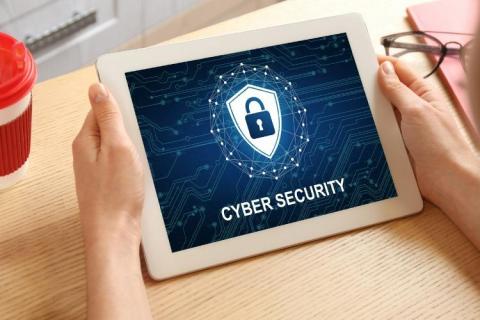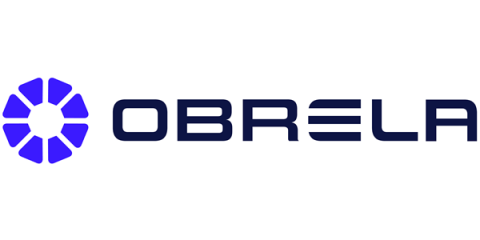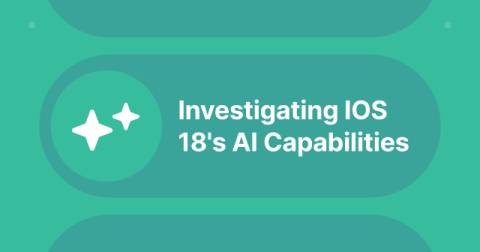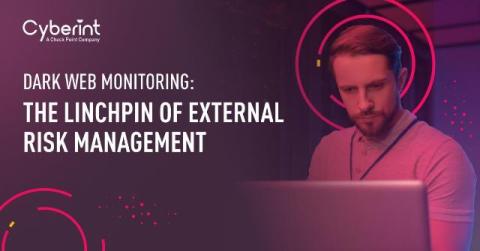How to Conduct a Comprehensive Base Security Assessment
Conducting a comprehensive base security assessment is crucial. It ensures the safety of personnel, assets, and information. With the rise of various threats, it's more important than ever to evaluate and enhance security measures systematically. A thorough assessment not only identifies weaknesses. It also assists in implementing effective security controls to mitigate risks. In this detailed guide, we will explore essential steps and best practices to perform a base security assessment. We will enable you to deploy effective security solutions tailored to your environment.









